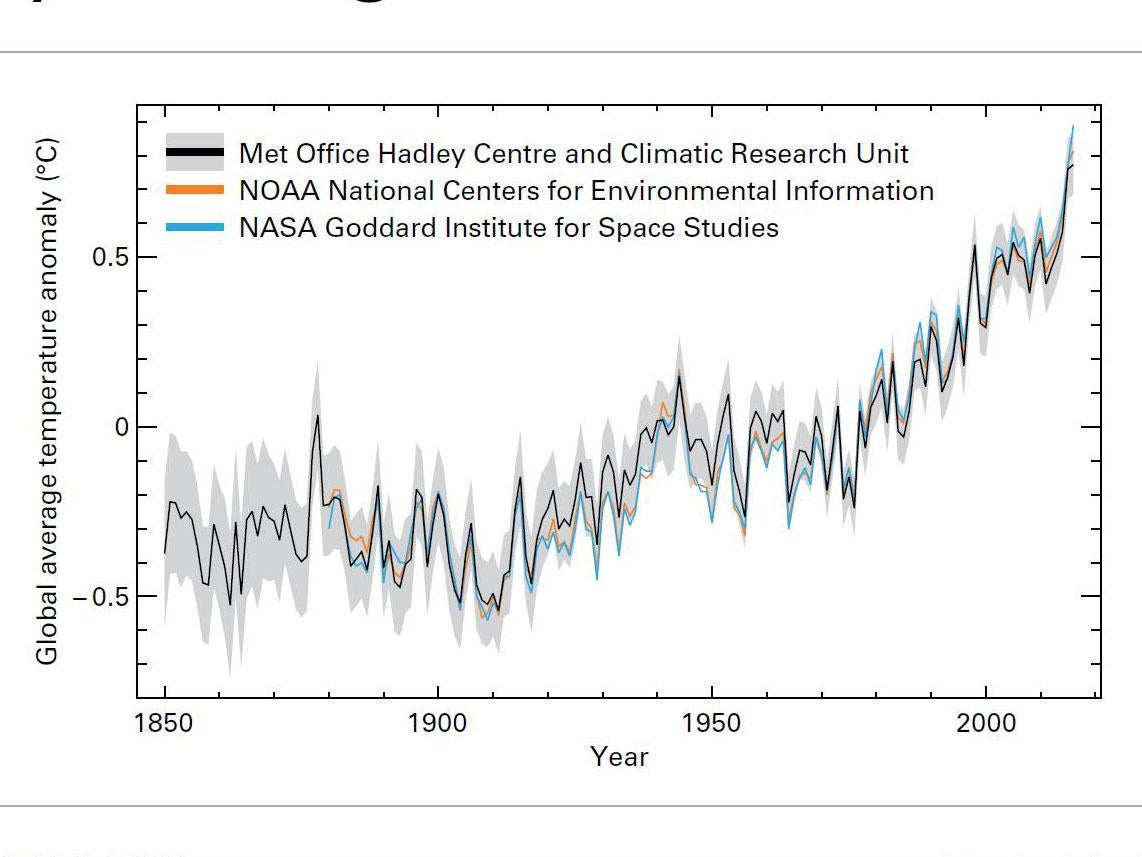How climate change deniers’ lies made a leading sceptic change sides
Jerry Taylor says when he looked into sceptics' claims they were 'dodgy, sketchy or misleading or the underlying science didn’t hold up'

Your support helps us to tell the story
From reproductive rights to climate change to Big Tech, The Independent is on the ground when the story is developing. Whether it's investigating the financials of Elon Musk's pro-Trump PAC or producing our latest documentary, 'The A Word', which shines a light on the American women fighting for reproductive rights, we know how important it is to parse out the facts from the messaging.
At such a critical moment in US history, we need reporters on the ground. Your donation allows us to keep sending journalists to speak to both sides of the story.
The Independent is trusted by Americans across the entire political spectrum. And unlike many other quality news outlets, we choose not to lock Americans out of our reporting and analysis with paywalls. We believe quality journalism should be available to everyone, paid for by those who can afford it.
Your support makes all the difference.The head of a libertarian think tank in the US has explained how he turned from a climate science denier into a leading advocate for taking action to prevent further global warming.
Jerry Taylor, president of the Niskanen Centre, revealed the transformation began in the early 2000s when he discovered he was being deliberately misled by other sceptics.
In an interview with The Intercept website, Mr Taylor said between 1991 and 2000 he had been a “pretty good warrior” for the climate sceptic cause, making his living from writing articles in support of that view.
But he started to have doubts after taking part in a television debate.
“I was one of the climate sceptics who do battle on TV and I was doing a show with [physicist] Joe Romm,” he told The Intercept.
“On air, I said that, back in 1988, when climate scientist James Hansen testified in front of the Senate, he predicted we’d see a tremendous amount of warming.
“I argued it’d been more than a decade and we could now see by looking at the temperature record that he wasn’t accurate.
“After we got done with the program and were back in green room, getting the makeup taken off, Joe said to me, ‘Did you even read that testimony you’ve just talked about?’
“And when I told him it had been a while, he said ‘I’m daring you to go back and double check this’. He told me that some of Hansen’s projections were spot on. So I went back to my office and I re-read Hanson’s testimony. And Joe was correct.
“So I then I talked to the climate sceptics who had made this argument to me, and it turns out they had done so with full knowledge they were being misleading.”
Mr Taylor said he did not immediately change his mind but began to do more “due diligence”, checking the claims of the sceptics.
“And the more I did, the more I found that variations on this story kept arising again and again,” he said.
“Either the explanations for findings were dodgy, sketchy or misleading or the underlying science didn’t hold up.
“Eventually, I tried to get out of the science narratives that I had been trafficking in and just fell back on the economics. Because you can very well accept that climate change exists and still find arguments against climate action because the costs of doing something are so great.”
However the economic case also fell apart for Mr Taylor, thanks in part to remarks by Bob Litterman, a former head of risk management at investment bank Goldman Sachs.
“Bob said, ‘the climate risks aren’t any different from financial risks I had to deal with at Goldman. We don’t know what’s going to happen in any given year in the market. There’s a distribution of possible outcomes. You have to consider the entire distribution of possible outcomes when you make decisions like this’.
“After he left my office, I said ‘there’s nothing but rubble here’.”
According to widely accepted climate science, the average global temperature will increase by anywhere between about 1.5 and five degrees Celsius when the amount of carbon dioxide in the atmosphere reaches double the pre-industrial level.
So far, the average temperature has risen by just under one degree because of fossil fuel emissions.
It is thought that at some point between 1.5C and 2C of warming the situation will become particularly ‘dangerous’ because of the vast amount extra energy in the atmosphere, feedback effects and other problems.
Mr Taylor said dozens of supposed sceptics in Congress — 40 to 50 in the House and 10 to 12 in the Senate — were actually “looking for a way out of the denialist penitentiary they’ve been put into by the Tea Party”.
“The wall of denial in the GOP [Republican party] looks awful frightening from afar but it is crumbling. And it can change quickly,” he said.
“Donald Trump clearly has lightly held views about climate, which means they can be easily moved. He has no ideology whatsoever, so the last person in the room who talks to him is the guy who wins the policy debate.”
Join our commenting forum
Join thought-provoking conversations, follow other Independent readers and see their replies
Comments